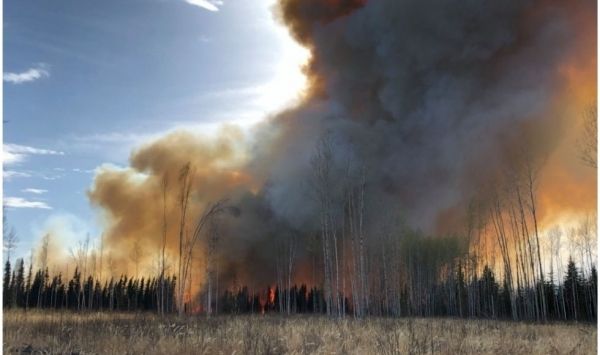Five years after the disastrous wildfire in Fort McMurray, Alta., researchers are warning that the complex role of peatlands, a factor critical to projecting the risk and behaviour of future fires, is missing from the forecasting model.
The Fort McMurray fire burned out of control from May 1 to July 5, 2016, though it continued to smoulder until it was finally declared extinguished Aug. 2, 2017.
Peat deposits – which are prevalent across Canada, especially in Alberta – are complex threats that can complicate and magnify the risk of severe, long-lasting fires and heavy smoke, but they are not yet part of the standard assessment tools that fire managers use.
It’s a critical gap that should be addressed urgently, say the authors of a new paper published today in the International Journal of Wildland Fire, who have completed the first scientific assessment of peatland smouldering fire potential.
Read more at McMaster University
Image: An experimental peatland fire burning in Alberta. Once viewed as benign wetland firebreaks, peatlands are complex ecosystems that aren't necessarily resistant to fire and can extend and accelerate wildfires. (Photo by Sophie Wilkinson)


